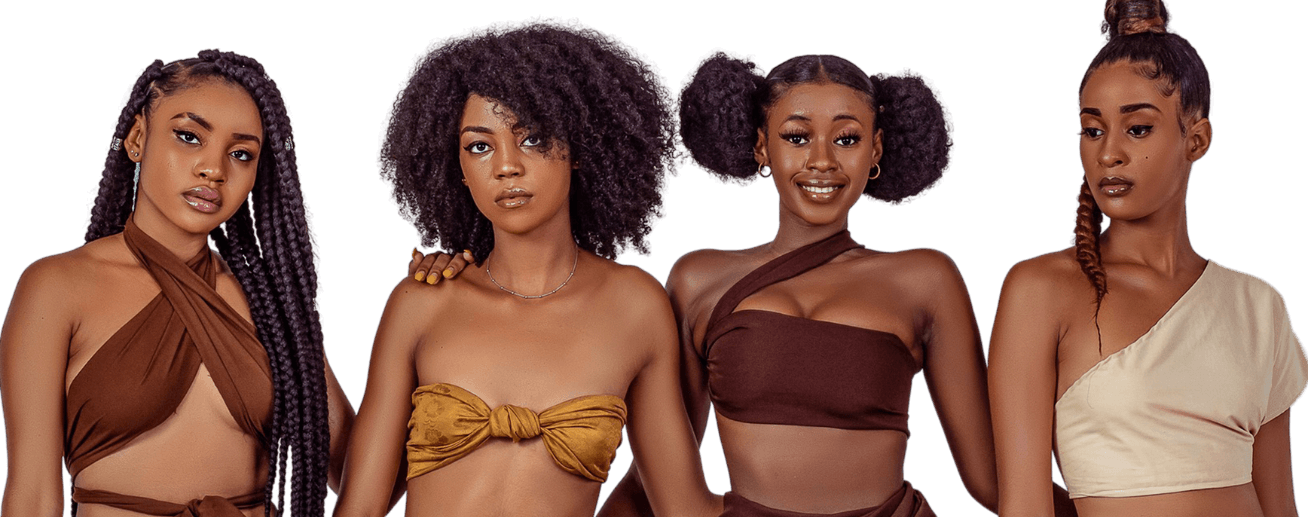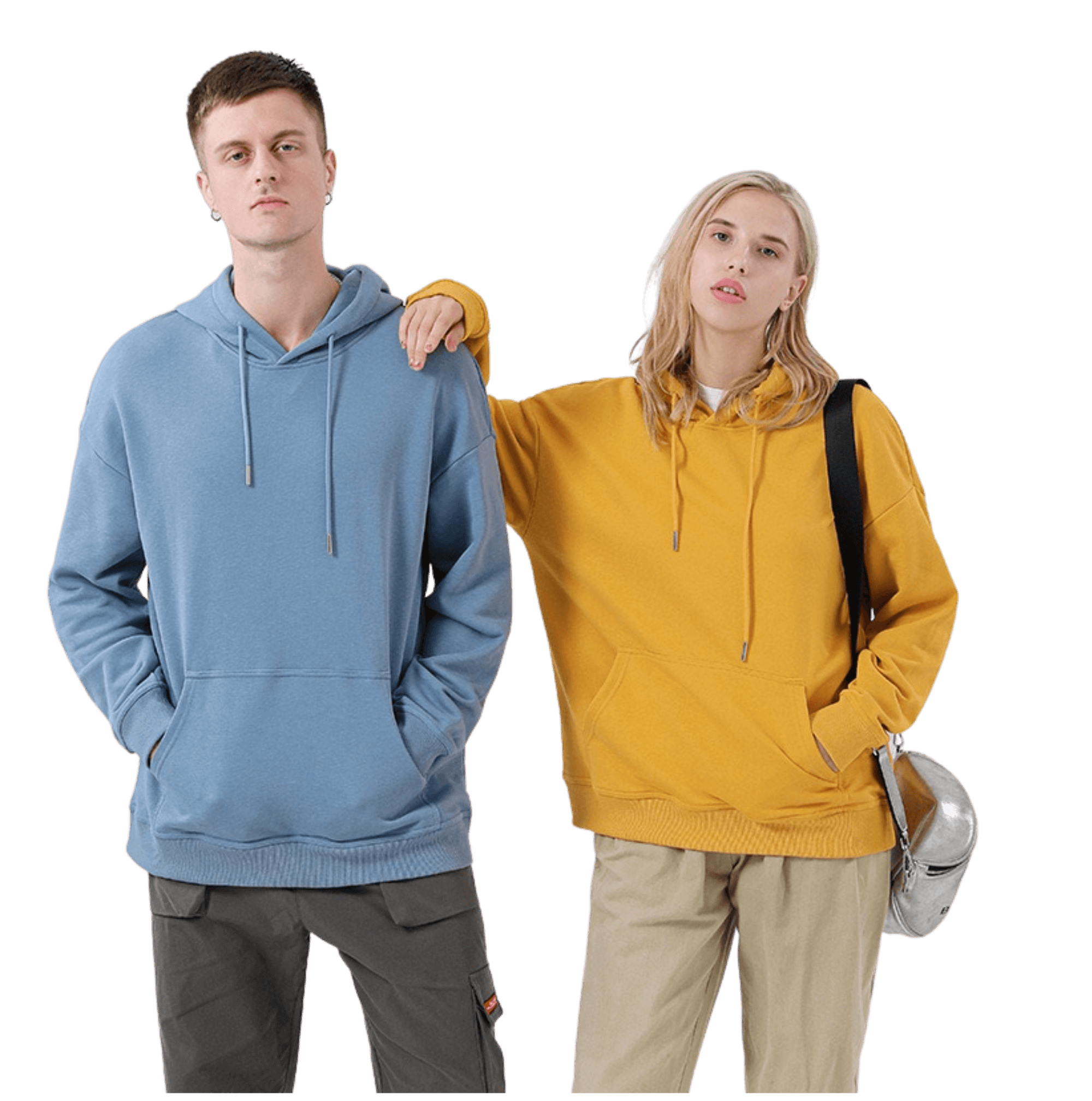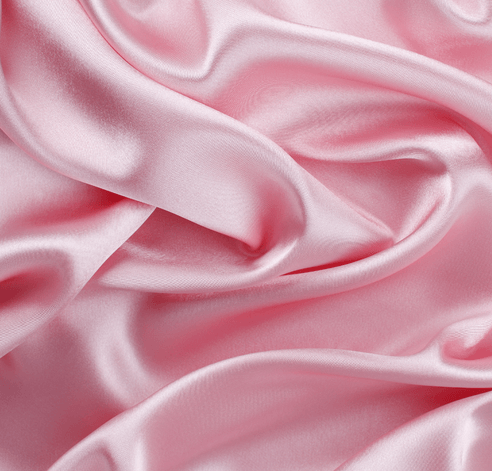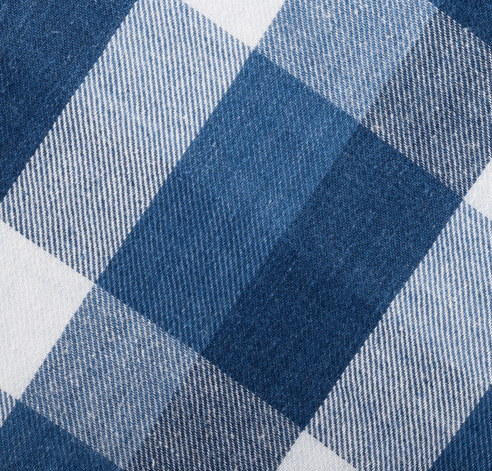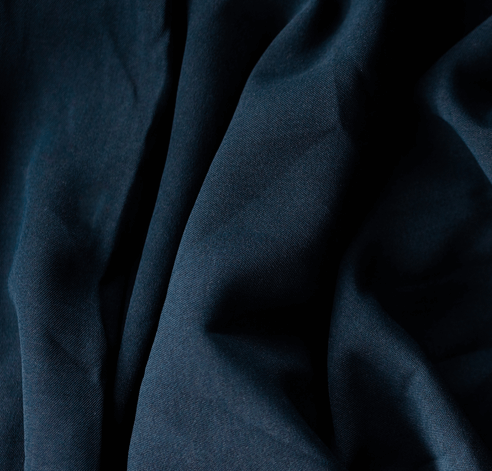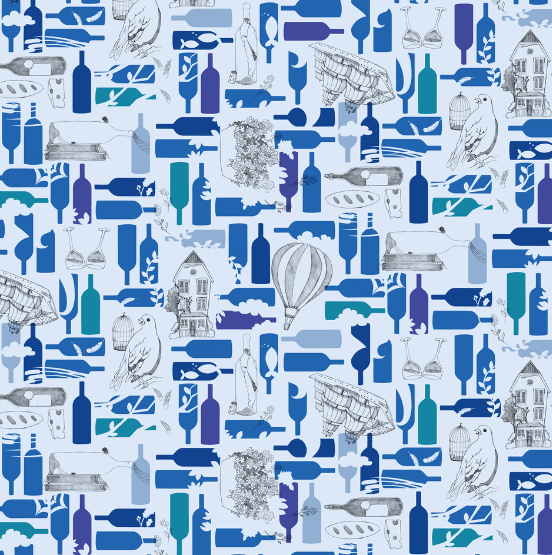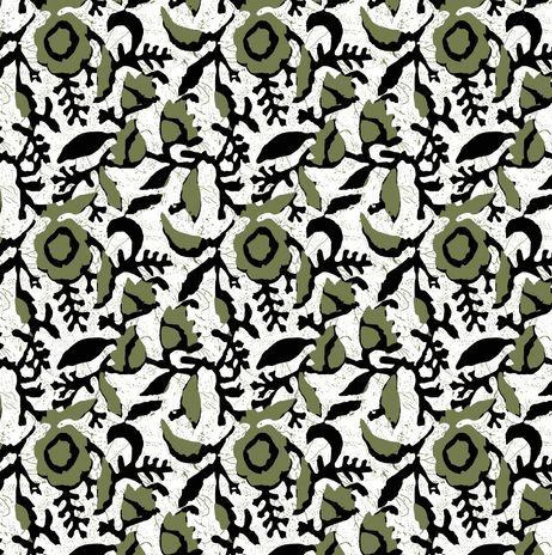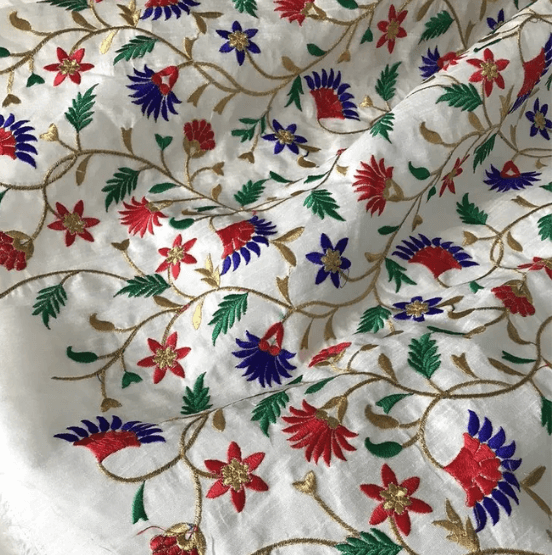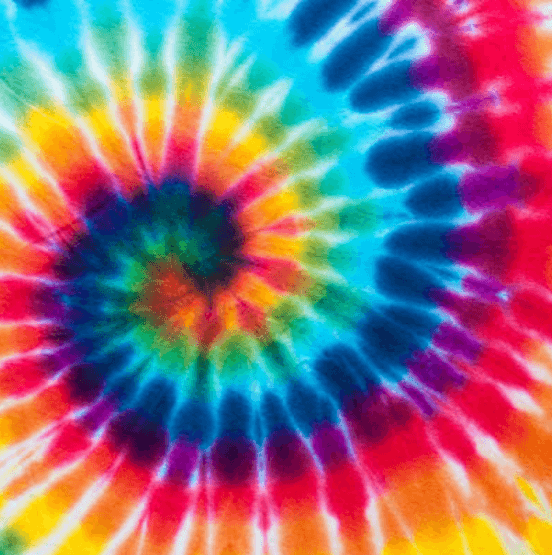1. A Brief History of the Fashion Clothing Industry
The fashion clothing industry has a long and interesting history. It is thought to have originated in the Middle Ages when European noblemen and ladies began to wear hand-made, often expensive clothes as a way to display their wealth and status.
By the late 1500s, fashion had become an important part of European culture, with sumptuary laws being enacted in an attempt to regulate what people could and could not wear. In the centuries that followed, fashion continued to evolve at a rapid pace.
The Industrial Revolution ushered in a new era of mass-produced clothing, making it more affordable for ordinary people to keep up with the latest trends. In the 20th century, designers such as Coco Chanel and Yves Saint Laurent changed the face of fashion once again, with their innovative and stylish designs.
Today, the fashion industry is a global phenomenon, with new trends and styles appearing all the time. Whether you’re a fashionista or just someone who likes to keep up with the latest trends, there’s always something new to learn about this fascinating industry.
2. Fabric Options and Considerations for Fashion Clothing Design
There are many different types of fabric available for fashion designers to choose from. Each type of fabric has its own benefits and drawbacks, so it’s important to choose the right one for your garment. These include the following:
Cotton
Cotton is a natural fiber that is soft and breathable, making it comfortable to wear in a variety of climates. In addition, cotton is easy to dye and print on, giving designers a wide range of color choices.
It is also relatively inexpensive, which makes it an attractive choice for budget-conscious designers. However, this fabric is also susceptible to wrinkling and shrinkage. It needs to be handled with care to avoid these issues especially when washing and drying the garment.
Linen
Linen is a durable fabric that is resistant to wrinkles, making it a good choice for garments that need to look sharp. Linen is also a breathable fabric, making it a good choice for summer clothing.
However, it can be difficult to work with due to its tendency to fray and crease. So, it is important to carefully consider the construction of garments made from this fabric. This means, that seams should be reinforced and garments should be properly pressed to ensure a smooth finish.
Wool and Cashmere
Both fabrics have a luxurious feel and look, and they can be used to create a variety of different styles.
Wool is a durable fabric that is ideal for creating structured garments. t is also a popular choice for winterwear and seasonal clothing, as it provides excellent insulation. However, wool can be prone to pilling and may not be the best choice for garments that will be worn close to the skin.
Cashmere, on the other hand, is a softer, more delicate fabric that is often used for finer garments such as sweaters and scarves. It is also a popular choice for men’s suits and women’s dresses.
Silk and Satin
Silk and satin are two popular choices that offer different benefits. Silk is a natural fiber that is soft and smooth, making it ideal for garments that need to drape well. It is also strong and durable, making it a good choice for repeated wear. However, silk can be expensive and difficult to care for.
Satin is a synthetic fabric that offers a similar look and feel to silk. It is less expensive and easier to care for, making it a good choice for casual or everyday wear. However, satin can be less durable than silk and may not hold up as well to repeated wear.
Other Synthetic Fibers
Synthetic fibers such as polyester, nylon, and spandex are often used in fashion garments. These fibers are strong and durable, making them ideal for activewear or garments that will be worn frequently. These fabrics are often less expensive than natural fibers such as silk or wool. However, they can sometimes be less comfortable to wear and may not breathe as well.
3. Sewing and Construction Techniques
There are a variety of different sewing and construction techniques that fashion designers can use to create their garments. These include the following:
Bias Cut
Bias cut is a technique that involves cutting fabric on the bias, or at an angle, rather than straight across. This method is often used for garments that need to drape well, such as dresses.
Bias cuts can also be used to create interesting visual effects, such as stripes that appear to curve around the body. However, this technique can be difficult to execute and may require extra fabric to allow for proper cutting and construction.
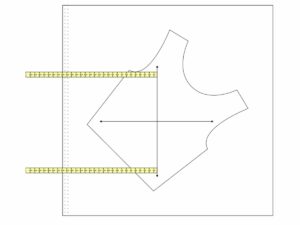
Dart
A dart is a type of seam that helps to shape a garment to the body. Darts are often used in dresses, skirts, and blouses to create a more fitted look. Darts can be difficult to sew, so it is important to practice this technique before attempting to use it on a final garment.
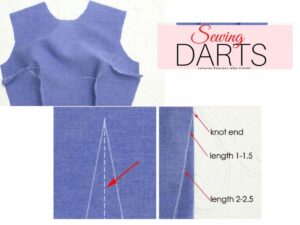
Gathering
The gathering is a technique that is used to create fullness in a garment. It is often used on skirts and dresses to add volume and movement. Gathering can be done by hand or with a sewing machine.
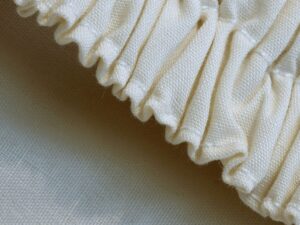
Pleating
Pleating is a technique that involves folding the fabric into small, evenly-spaced folds. It can also be used to create interesting visual effects, such as ruffles or stripes.
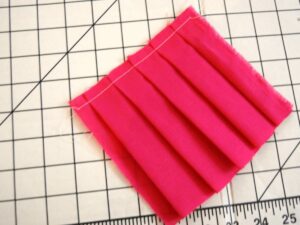
Quilting
Quilting is a technique that involves sewing two layers of fabric together with a layer of batting in between. It is often used to create warm, padded garments such as jackets or coats.
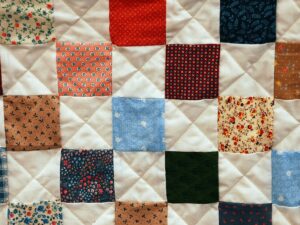
French Seams
A French seam is a type of seam that encloses the raw edges of the fabric inside the garment. This technique is often used on delicate fabrics to create a clean, finished look. French seams can be time-consuming to sew, but the results are worth it.
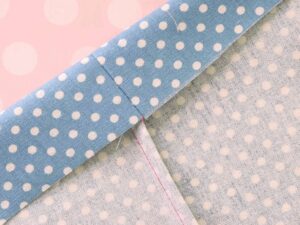
4. Embellishment and Surface Decoration Options
Your fashion clothing manufacturer should have a variety of embellishment and surface decoration options available to you. These can make your garments stand out and give them a unique look and feel. Here are some of the most popular options:
Rhinestones
Rhinestones are small, shiny stones that can be applied to the fabric to create a sparkly, glamorous effect. They come in a variety of colors and sizes, so you can use them to create all sorts of different looks. These are usually used on more formal garments, such as eveningwear or bridal wear.
Sequins
Sequins are similar to rhinestones, but they’re usually larger and more irregular in shape. They can also be applied to the fabric to create a sparkly effect, but they’re typically used on more casual garments, such as party dresses or tops. It’s also usually cheaper to use sequins than rhinestones.
Beadings and Embellishments
Beadings and other embellishments are small, decorative items that can be sewn or glued onto the fabric. They come in all sorts of shapes, sizes, and colors, so you can use them to create a wide range of looks. These are often used on more formal garments, such as cocktail dresses and ballgowns.
Custom Printing
Custom printing is a great way to add extra personality and uniqueness to your products. You can choose from a variety of colors, fonts, and designs to create a look that represents your brand perfectly. Additionally, custom printing can help you to highlight important information or marketing messages.
Embossing or Debossing
Embossing and debossing are two popular techniques for adding texture and visual interest to your products. Embossing involves raising the surface of the material with a die, while debossing creates a depression in the surface. This can be a great way to add dimension and visual interest to your clothing line.
Foil Stamping
Foil stamping is another popular technique for adding visual interest to your products. This process involves applying metallic foil to the surface of the material, which can create a beautiful and luxurious look.
Screen Printing
Screen printing is a popular way to add graphics and images to your products. This process involves creating a stencil of the design and then using ink to transfer the image onto the surface of the product.
This is a great way to add bold, eye-catching designs to your products. However, screen prints usually fade over time and can be damaged easily.
5. Latest Fashion Trends in Clothing Line Design
As the world of fashion is constantly evolving, so too are the trends in clothing line design. To stay ahead of the competition, it is important to be aware of the latest fashion trends and incorporate them into your designs. Here are some of the latest trends in the clothing industry:
Bold Prints and Patterns
Prints and patterns are becoming increasingly popular in clothing line design. Gone are the days of simple, solid-colored garments – now, it’s all about making a statement with bold prints and patterns. Floral prints, geometric shapes, and abstract designs are all popular choices for printed fabrics.
Oversized Silhouettes
Oversized silhouettes are one of the most popular trends in fashion right now. This trend is all about loose, comfortable clothing that makes a statement. Many designers are incorporating oversized silhouettes into their clothing line designs, and the results are truly fashion-forward.
Minimalism
Minimalist design is having a major moment in the fashion world. This trend is all about clean lines, simple shapes, and a focus on functionality. In recent years, minimalism has been embraced by the fashion industry as a whole, and it’s only becoming more popular.
Athleisure
Athleisure is a style of clothing that combines elements of both athletic and leisure wear. This trend has been growing in popularity in recent years, as more and more people embrace the comfort and style of athleisure wear.
Sustainable Materials
As consumers become more environmentally conscious, they are increasingly looking for clothing made from sustainable materials. These days, a lot of people have been promoting the use of sustainable materials in fashion, such as organic cotton, bamboo, and wool.
6. 6 Simple Steps to Start Your Own Clothing Line
Are you thinking of starting your own clothing line, but don’t know where to start? Don’t worry, we’ve got you covered. In this article, we’ll give you a step-by-step guide on how to start your very own clothing line.
#1 Choose Your Target Market
Who are you making clothes for? This is an important question to answer because it will dictate the rest of your business decisions.
Are you making clothes for men, women, children, or all of the above? Once you’ve decided who your target market is, you can move on to the next step.
#2 Choose Your Clothing Style
What kind of clothing do you want to sell? This is another important question to answer because it will help you determine what kind of fabrics and designs to use.
Are you going for a more formal look or a more casual one? Once you’ve decided on your style, you can move on to the next step.
#3 Choose Your Fabric
What kind of material do you want to use for your clothes? This is an important question to answer because it will affect the quality of your product.
Are you looking for something durable, or something more comfortable to wear? Once you’ve decided on your fabric, you can move on to the next step.
#4 Choose Your Design
What kind of design do you want for your clothes? This is an important question to answer because it will dictate how your clothes will look.
Do you want something flashy or something more subdued? Once you’ve decided on your design, you can move on to the next step.
#5 Choose Your Manufacturer
If you want to start a clothing brand, choosing the right manufacturer is an important decision because it will affect the quality of your product and the price you pay for it. Do your research and choose a reputable ethical clothing manufacturer that you can trust. One garment manufacturer you can check out is Hongyu Apparel. Its services include product development, pattern making, grading, sourcing, private labeling, white label clothing, B2B clothing, and more, and it offers high-quality products at reasonable prices, making it an excellent choice for those looking to launch their own clothing line.
With two decades of experience in the clothing manufacturing industry, we are equipped to work with clients of all shapes and sizes from across the globe. If you’re interested in learning more about how we can help expand your business, don’t hesitate to contact us today.
#6 Promote Your Clothing Line
Once you’ve got all of your ducks in a row, it’s time to start promoting your clothing line. There are many ways to do this, such as setting up a website, starting a blog, or using social media. Choose the method that works best for you and get started.
7. Average Costs to Establishing a Fashion Clothing Line
Assuming you’re looking to start a high-end fashion clothing line, the average costs can range anywhere from $10,000 to well over $1 million. Of course, there are many factors that will affect your overall costs. To get an idea of how much it would cost to launch your own fashion line, take a look at some of the expenses you might incur:
| Average Costs to Establishing a Fashion Clothing Line |
| Business permits and licenses |
$1,000 to $5,000 |
| Product development and design |
$5,000 to $50,000 |
| Production cost per garment |
$50 to $250 |
| Rentals, utilities, and office expenses |
$1,000 to $5,000 |
| Sample making |
$500 to $5,000 |
| Website development |
$500 to $5,000 |
| Fashion show costs |
$10,000 to $50,000 |
| Advertising and marketing |
$5,000 to $100,000+ |
As you can see, there are several expenses you need to take into account when launching your fashion line. And, of course, these costs can quickly add up. So, it’s important to do your research and develop a realistic budget before getting started.
8. How to Get Started Working With Fashion Clothing Manufacturer
As a business owner, you may be wondering how to go about working with a fashion clothing manufacturer. After all, it can be difficult to find reliable and reputable suppliers, let alone those that offer competitive prices.
However, by doing your research and following these steps, you’ll be well on your way to establishing a strong working relationship with a fashion clothing manufacturer that can help your business succeed.
Step#1 Identify Your Target Market
This will help you determine the type of clothing that you need to produce, as well as the price point that you need to target. If you’re not sure who your target market is, consider conducting market research or talking to a professional in the industry.
Step#2 Find a Reputable Fashion Clothing Manufacturer
Once you know who your target market is, it’s time to start looking for a reputable fashion clothing manufacturer. There are a few different ways to do this, such as searching online directories or asking for recommendations from other business owners. Once you’ve narrowed down your options, be sure to read online reviews and compare pricing before making your final decision.
Step#3 Establish Your Clothing Line
This includes everything from coming up with a design concept to choosing the right fabrics and trims. If you need some help getting started, consider hiring a professional designer or working with a consultant who specializes in launching new clothing lines.
Step#4 Create a Production Schedule
After your clothing line has been established, it’s important to create a production schedule. This will help you stay on track and ensure that your garments are produced on time. Be sure to communicate your production schedule with your fashion clothing manufacturer so that they can plan accordingly.
Step#5 Monitor the Quality of Your Garments
Once your garments have been produced, it’s important to monitor the quality. This includes inspecting the garments for any defects and ensuring that they meet your standards. If you’re not satisfied with the quality of a particular garment, be sure to communicate this to your fashion clothing manufacturer so that they can make the necessary changes.
9. 7 Helpful Tips When Sourcing Your Clothing Manufacturer
When you’re ready to take your clothing line from concept to reality, one of the most important decisions you’ll make is choosing the right clothing manufacturer. The right partner will be able to bring your vision to life, while also providing the quality, quantity, and delivery timeline you need to be successful. To help you get started, we’ve put together a list of seven helpful tips:
#1 Brand & Aesthetic
Do your research and put together a mood board or inspiration folder that you can share with manufacturers to give them a sense of your style. The more specific you can be about your vision, the easier it will be for manufacturers to understand what you’re looking for and whether or not they’re a good fit for your project.
#2 Manufacturing Lead Times
One of the first things you’ll want to ask potential clothing fashion clothing suppliers is their lead time or the amount of time it will take them to produce your garments once an order is placed. Depending on the type of garment and the complexity of the design, manufacturing lead times can range from a few weeks to several months.
It’s important to factor in lead times when planning your production schedule so that you can ensure your garments will be ready in time for your launch date or other important deadlines.
#3 MOQs
Another important factor to consider when choosing a clothing manufacturer is minimum order quantities (MOQs). Most fashion apparel wholesale suppliers have MOQs in place, which is the minimum number of garments they’re willing to produce for a single order.
Depending on the manufacturer, MOQs can range from a few dozen pieces to several thousand. Keep in mind that the lower the MOQ, the higher the unit price will be. As you’re sourcing fashion clothing wholesale suppliers, be sure to ask about their MOQs and whether they’re flexible on quantity in order to find the best option for your needs.
#4 Pricing Estimates
Of course, one of the most important factors to consider when choosing a clothing manufacturer is price. To get an accurate estimate of manufacturing costs, you’ll need to provide fashion clothing manufacturers with your garment specifications, including fabric type, design details, and desired quantities.
Once you have pricing estimates from multiple manufacturers, you can compare them side-by-side to see which option is the most cost-effective for your project.
#5 Production Capabilities
When you’re considering different wholesale fashion clothing suppliers, it’s important to evaluate their production capabilities to ensure they’re able to handle your project. Ask about their facilities and whether they can produce your garments in the quantities you need.
You should also inquire about their equipment and whether they can produce garments with your desired design details. By evaluating a manufacturer’s production capabilities, you can be sure they’re able to meet your specific needs and requirements.
#6 Samples
Once you’ve narrowed down your options to a few potential fashion garments manufacturers, it’s time to request samples. This will allow you to see and feel the quality of their products first-hand so that you can decide if they’re a good fit for your brand.
When requesting samples, be sure to specify what types of garments you’d like to receive and provide any other relevant information, such as design details or preferred fabrics. This will help manufacturers send you the most accurate samples possible.
#7 Industry Certifications
When you’re looking for a clothing manufacturer, it’s important to find one that is certified by the relevant industry associations. This indicates that the manufacturer has met certain standards and requirements for quality and safety.
10. Common Mistakes in Designing Fashion Lines and How to Avoid Them
Designing a fashion line is no easy feat. There are so many elements to consider, from the overall aesthetic to the construction of each garment. And if you’re not careful, it’s easy to make some common mistakes that can cost you dearly in terms of both time and money.
Here are common mistakes made when designing a fashion line and how to avoid them:
Not Defining Your Target Market
One of the most common mistakes made when launching a new fashion line is failing to properly define your target market. Who are you designing for? What type of customer do you want to attract? Without a clear understanding of your target market, it will be very difficult to create a successful collection.
Not Creating a Cohesive Aesthetic
Another mistake often made by new designers is creating a collection that lacks a cohesive aesthetic. Your garments should all work together to create a cohesive look, feel, and overall vibe. Otherwise, your line will come across as disjointed and unfinished.
Not Paying Attention to Details
The details are what make or break a garment. From the stitching to the buttons to the fit, every element must be carefully considered. If any of these details are overlooked, it can ruin an otherwise beautiful piece of clothing.
Not Considering Manufacturing Costs
When designing a fashion line, it’s important to factor in manufacturing costs. If you’re not careful, you could end up spending more than you can afford to produce your garments. As a result, you may have to make compromises in terms of the quality of your materials or the construction of your garments.
Not Planning for Seasonal Changes
If you’re launching a fashion line, you need to be aware of seasonal changes and plan accordingly. You don’t want to be caught off-guard by a sudden drop in temperature or an unexpected heat wave. By planning ahead, you can ensure that your collection is appropriate for the current season.
Not Incorporating Trends
Trends are always changing, and it’s important to stay up-to-date if you want your fashion line to be successful. Incorporating current trends into your designs will help you attract customers and keep your collection fresh.
Not Protecting Your Designs
If you don’t take steps to protect your designs, you could be at risk of having them copied by another designer. Before you launch your fashion line, be sure to trademark your logos and designs. This will help you avoid any legal issues down the road.
Not Promoting Your Line
Once you’ve launched your fashion line, it’s important to promote it properly. Otherwise, no one will know about your garments or where to find them. Make sure to create an effective marketing strategy that will help you reach your target audience.
Not Keeping up With Orders
If you’re not careful, you could find yourself overwhelmed by orders. It’s important to have a system in place to track and fulfill orders promptly. Otherwise, you’ll risk frustrating your customers and damaging your reputation.
Not Staying Organized
Designing a fashion line can be chaotic, but it’s important to stay organized throughout the process. Create a timeline and stick to it. Make sure all of your garments are labeled properly and keep track of your inventory so you don’t run out of materials midway through production.
By avoiding these common mistakes, you’ll be well on your way to designing a successful fashion line. Just remember to take your time, plan ahead, and pay attention to the details. With a little hard work and dedication, you can create a collection that your customers will love.2
Dive Deeper Into Our Resources
Looking for more diverse product options? Browse through our handpicked selections:
General Manufacturing Insights and Strategies
Specialized Clothing Manufacturing
For some insightful reads, we’ve curated a list of recommended articles just for you:
Still haven’t found what you’re looking for? Don’t hesitate to contact us. We’re available around the clock to assist you.
Conclusion
Designing a fashion line is no easy task, but it’s certainly possible to create a successful collection if you know what you’re doing. Before you get too far into the planning stages, it’s important to do your research and understand what it takes to make a successful fashion brand.
We at Hongyu Apparel are committed to providing you with the resources and support you need to launch your fashion line. We offer a wide range of services, from design and development to manufacturing and fulfillment. Contact us today to learn more about how we can help you turn your fashion dreams into reality.
